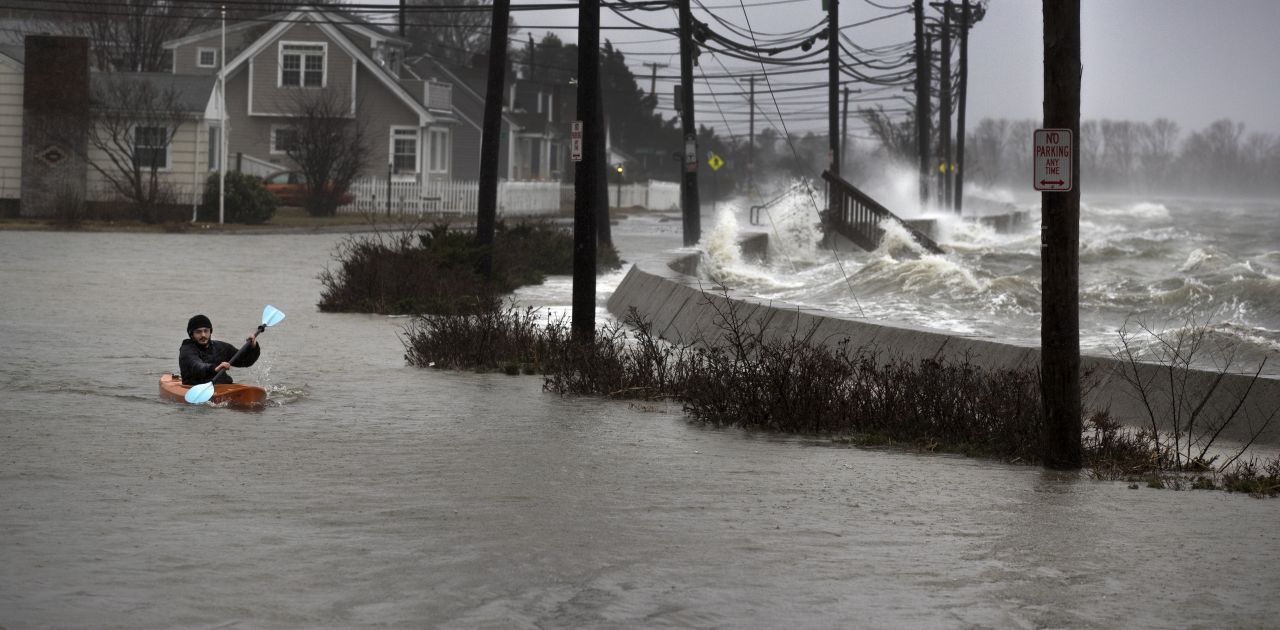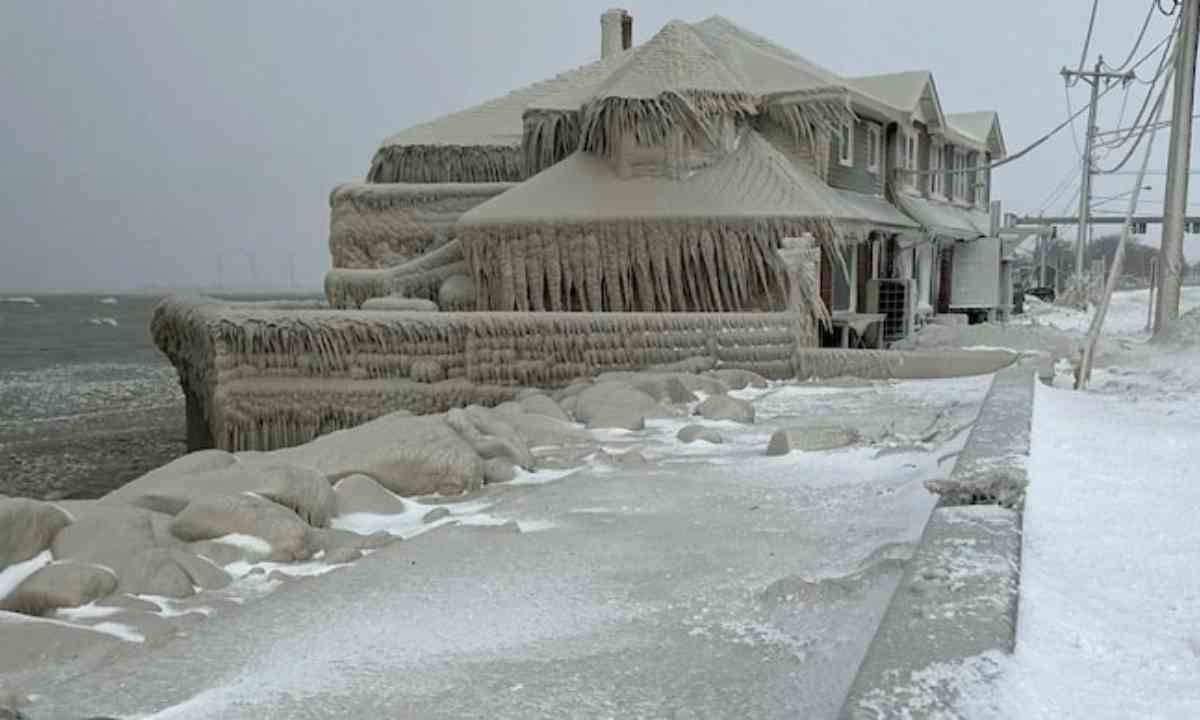The United States is poised to have a bone-chilling holiday season as a powerful cold front is expected to sweep across the country over the next few days.
The National Weather Service has issued winter storm warnings for parts of the Midwest and Northeast, with snow and ice accumulations expected in some areas. Strong winds are likely to accompany the cold front, potentially leading to wind chill temperatures of 10 to 15 degrees Fahrenheit below zero in some areas.
The cold front is expected to last through the end of the year and into the start of 2023 with temperatures remaining below average for most of the country. The cold temperatures combined with holiday travel are likely to make for a memorable holiday season.

A ‘bomb cyclone’ too is expected to hit the US over the holiday season, bringing strong winds, snow, and coastal flooding to the Midwest and East Coast. The storm is expected to bring heavy snow and below-freezing temperatures to the central and eastern United States, creating a travel nightmare for millions of holiday travelers.
The storm could cause life-threatening conditions, with hurricane-force wind gusts and snow accumulations of up to two feet in some areas. Depending on the location of the storm, coastal flooding could be a major concern, especially in areas prone to storm surge.
A bomb cyclone or "weather bomb" is a term used to describe a rapidly deepening area of low pressure. This type of storm is characterized by a dramatic drop in air pressure, often within a 24-hour period, and is most common during winter months.
The storm brings strong winds, heavy snowfall, and cold temperatures, often causing hazardous travel conditions and widespread power outages. Bomb cyclones are particularly dangerous along coastal areas due to the risk of coastal flooding. These storms are also known as explosive cyclones or meteorological bombs.
Bomb cyclones are relatively rare and are usually only observed in specific parts of the world, such as the North Atlantic Ocean, the western Pacific Ocean, and the Southern Ocean around Antarctica. They can occur at any time of year, but they are most common during the winter months.
© Vygr Media Private Limited 2022. All Rights Reserved
























